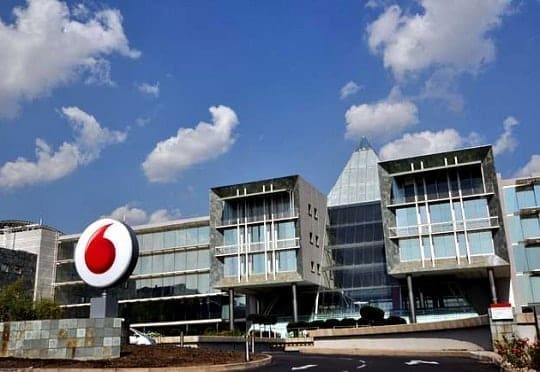In South Africa, Vodacom continuously experiences an inconsistent supply of electricity due to load-shedding negatively impacting operational costs as a result of increased diesel consumption and new batteries.
The South African Government has also recently introduced a carbon tax that will further increase the operating costs of running Vodacom’s network sites.
In 2019, Vodacom said it consumed 474 GWh of electricity, predominantly from grid power and diesel and petrol.
The company added in its recently published Sustainability Report that its carbon footprint was 640 926 tonnes of CO2 e (2% increase from 2018), predominantly as a result of growth in our operations from additional network sites.
“South Africa, as our largest operating market, accounts for 90% of group emissions, with more than 13 000 base station sites,” the company explained in the report.
Vodacom’s International markets in the DRC, Tanzania, Mozambique, and Lesotho make up the remaining portion at approximately 10% with over 7 500 sites.
Vodacom’s contribution to greenhouse gas (GHG) emissions is predominantly from the use of energy to power its base station sites, data centres, switches and remote hubs.
Currently, Vodacom’s primary source of energy is from the electricity grid. The electricity sourced from the grid is supplemented by electricity generated from diesel, solar panels, fuel cells, batteries and generators mostly owned and/or managed by Vodacom.
To minimise the environmental impact of our activities, and to secure operational efficiencies and greater energy independence, Vodacom CEO Shameel Joosub wrote in the Sustainability Report that the Vodafone-owned telco has implemented various measures to reduce energy consumption and increase renewable energy for its network, facilities and offices.
“We now operate 955 solar and solar-hybrid sites, as well as a smaller number of wind and other ‘greenpowered’ sites,” Joosub said.
In 2019, Vodacom also signed a Purchase Power Agreement (PPA) with an Independent Power Producer (IPP) to facilitate the supply of renewable energy to power it’s infrastructure and facilities in Nelson Mandela Bay.
The company said the PPA covers 36 base station sites and has the potential to reduce GHG emissions by 15% on an annual basis in the region.
“The sources used to generate energy through this PPA include a variation of wind and solar energy.”
Furthermore, Vodacom is also deploying solar energy to power some of its base station sites in South Africa.
“There are various challenges in providing connectivity in rural areas, including the high costs in deploying base stations, lack of access to the electricity grid, and limited revenue opportunities for network providers,” the company said.
“We are working to overcome these challenges by using solar energy to power some of our base station sites in South Africa, Lesotho, and the DRC, making rural coverage economically feasible and significantly benefitting rural communities. In some communities in South Africa, we are supplying excess renewable energy from solar-powered base stations to provide electricity to rural schools.”
Vodacom’s office in Century City in Cape Town has one of the largest single-roof photovoltaic solar array installations in Africa, which generates more electricity than the building requires.




1 Comment
Pingback: Why Is Vodacom Spending R1 Billion On Lithium-ion Batteries? | TechFinancials